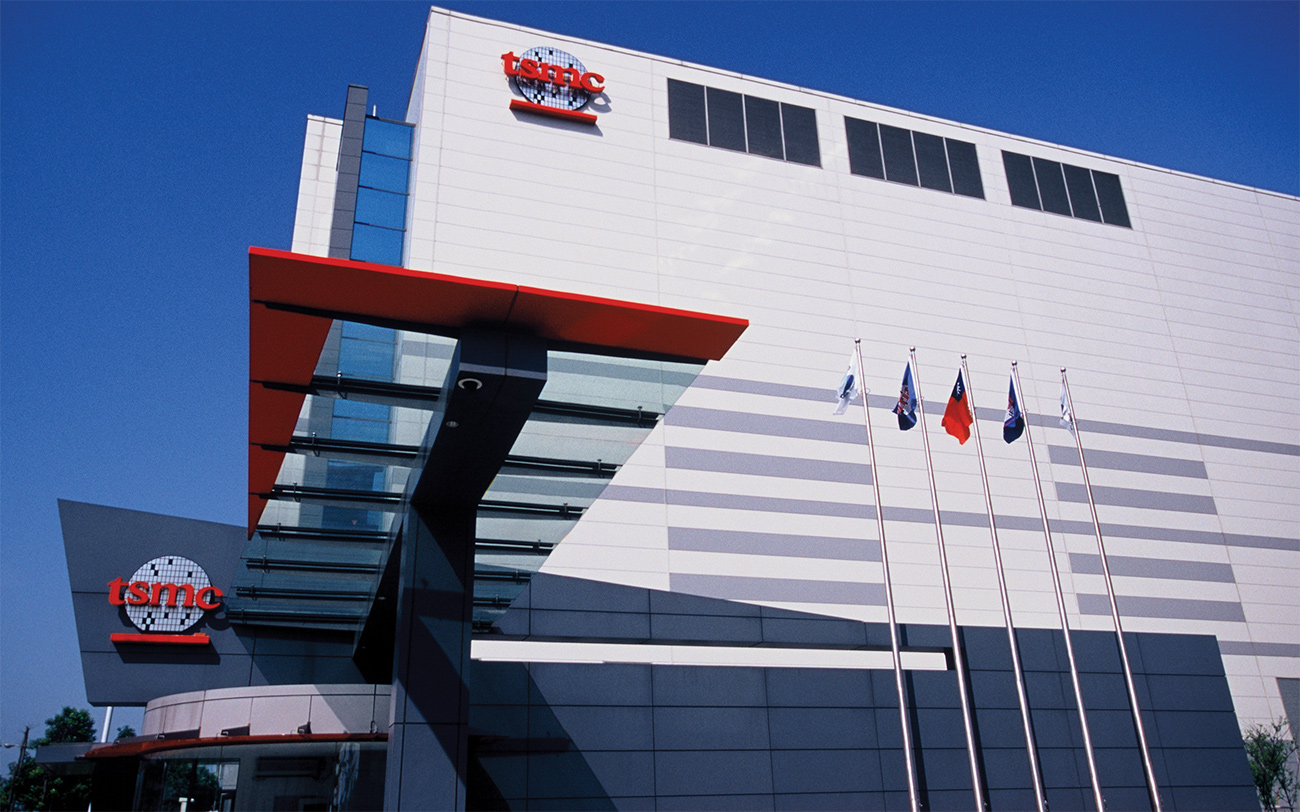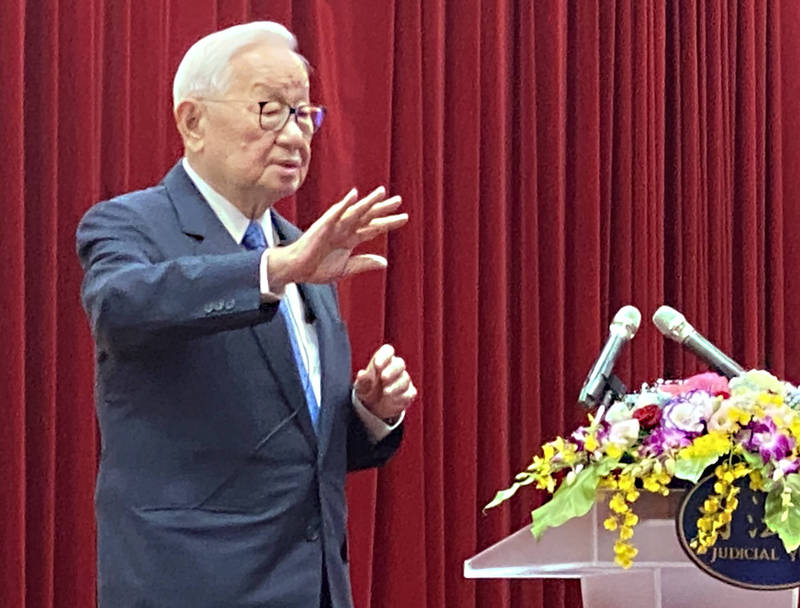That's a very risky situation for Intel to wait for 14A. It will be too late and too little to save the Intel even if a "whale' is willing to adopt 14A in 2027.
IMO Intel should use TSMC as much as possible to offer competitive products because customers won't wait and Intel's competitors won't sit idle either. Intel Foundry is a nice thing to have but Intel products are more important, no matter using inhouse manufacturing capability or external foundries.
I think they’re in the situation where they really have no choice but to wait for 14A to be successful (or not) with whales.
They had a few failed Foundry attempts before. The Tower option fell through which would have added some buzz of credibility. Intel 3 has higher transistor performance than TSMC N3, but the confidence to get it to yield on time would have been low because of recent Intel history (10nm). They need a few years of solid performance to show they’re back (Intel 3 should be doing that this year, and they’re betting on 18A in 2025-2026), and then they’ll get business with whatever is cutting edge next.
That said, Intel has a solid story of “we’re betting our own company on these products (18A, 14A)”, which shows how serious they are to potential customers. Intel also has some pretty impressive packaging tech, apparently offering a few tricks TSMC can’t (like packaging chips from other fabs, and some benefits of Foveros, not that TSMC doesn’t have some advantages too here).
Intel is running a lot of volume through TSMC right now that can be shifted back to Intel, and they have much more competitive products in the process of release now (Sierra Forest, Lunar Lake, Arrow Lake) which should help buy some time.so. I think 14A is their real chance given the increasing cost curve of new fab tech.
..
Intel and TSMC are competing but they’re also not/never will be the same. All things being equal, Intel doesn’t need to match TSMC’s capacity to make the same amount of money as Intel is also selling internal chips with margin additive on top of the fab margins. If they do it right they can capture the margin of “TSMC + AMD” on a CPU sold for example.
If Intel fails to sell enough chips to justify foundry, then we’re eventually going to end up with a monopoly on cutting edge tech.. which stinks for a lot of reasons.

 www.tomshardware.com
www.tomshardware.com



